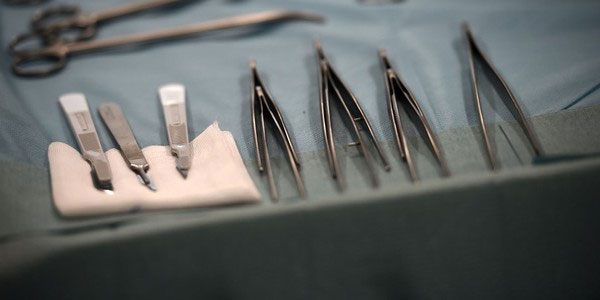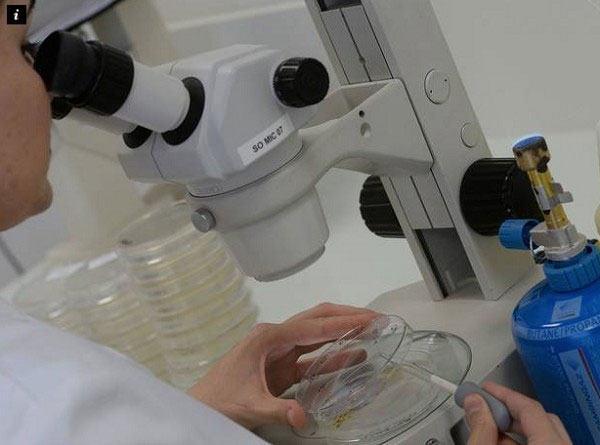New hope for penile regeneration in humans
The experts believe, this penis regeneration study will open hope for people with birth defects or sensitive parts injuries.
Scientists at the Institute of Regenerative Medicine at Wake Forest Medical Center, Winston-Salem (North Carolina) have recently published research in the development and regeneration of penises for humans in the laboratory.
Prior to this study, experts tested rabbit rabbits. Accordingly, experts extracted from healthy rabbit endothelial cells (function to create an erection) and muscle tissue, and then cultured in the laboratory.

After a few days, they obtained a large amount of endothelial cells. This material is used to replace normal penis tissue of rabbits. As a result, there are no grafting events in rabbits participating in the trial.
Not only that, the team also checked and found that the sexual ability of these rabbits was completely normal.
From this research background, experts have experimented with penile tissue in humans. In order to avoid the risk of immune rejection after organ transplantation from another person, experts have used the patient's own cells to conduct culture to develop the penis wall.
Cells taken from the rest of the penis will be cultured for 4-6 weeks. Previously, experts will proceed to clean the penis before culturing with a mild detergent. To help cells regenerate, experts created small tunnels containing colloids - a natural protein of connective tissue.

After two weeks, the penis tissue will produce collagen chains, gradually forming endothelial cells. However, the method of using this penis cell is not really suitable for sex-change surgery from female to male.
Anthony Atala, who led the study, said: "Our goal is to be able to help patients with trauma or congenital malformations in this sensitive part can be more confident, no longer inferior in life.
Now, a man can get a penis regenerated from his or her thigh or thigh tissue, but the erection of the penis is still what makes us need more research. "
Professor James Yoo added that, when there is desire, signals from the brain send neurotransmitters signals to erectile tissues in two caverns. The result is dilated cavernous arteries, small arteries, including twisted arteries, so blood will pump into the vascular cavity.

Smooth muscles wrapped around the cavernous artery as well as wrapped around the vascular cavity form a gravitational force that makes blood flow to the blood vessels more. The elasticity of these smooth muscles is a major factor in causing erection or penile penis.
Through research from rabbits, experts will soon speed up research and hope to allow the US Food and Drug Administration to conduct human trials.
If approved, the study will open a new path for people with birth defects or people with this sensitive part.
- Humans can 'grow back and forth' like reptiles
- The reason humans don't have penile bones
- Men used to have bones at that place but because they were faithful, they were no longer there
- Penile atrophy in middle age
- Stunned modern medicine with newly launched tissue regeneration method
- Activated the first regeneration ability in flatworms
- New hope for patients with liver cancer
- Artificial bone from transplanted pig cells for humans
- New hope for kidney failure
- Learn the mechanism of self-regenerating bone right in the body
- Successfully cure baldness
- Discovering the old city with a 2,000-year-old penile image?
 Green tea cleans teeth better than mouthwash?
Green tea cleans teeth better than mouthwash? Death kiss: This is why you should not let anyone kiss your baby's lips
Death kiss: This is why you should not let anyone kiss your baby's lips What is salmonellosis?
What is salmonellosis? Caution should be exercised when using aloe vera through eating and drinking
Caution should be exercised when using aloe vera through eating and drinking